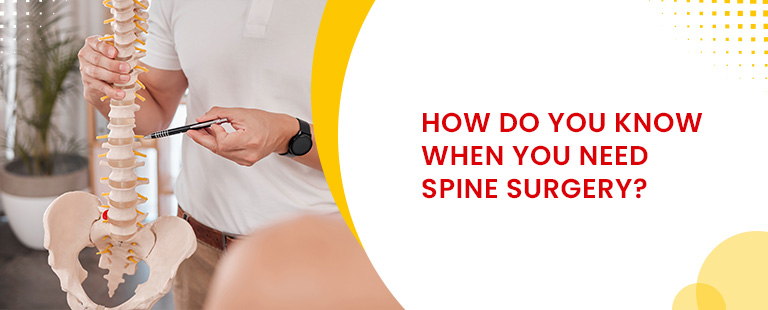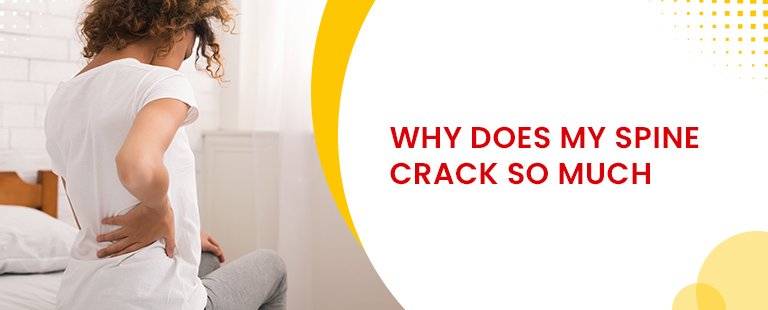The foundation of good spinal health is maintaining a healthy posture. However, in today’s fast-paced world, maintaining a healthy posture often takes a backseat. Poor posture, whether sitting at a desk, standing, or even sleeping, can exert undue stress on the spine.
In this blog, we will focus on the importance of maintaining proper posture and share tips for practicing good posture habits daily.
Setting Up Your Space for a Happy Back:
We spend a lot of time sitting – at work, at home, and everywhere. But did you know that how you sit can affect your back? Let’s talk about sitting the right way and beating the sitting slump.
When you sit at a desk, ensure everything is set up so you can be comfortable. Your chair should support your back, and your computer should be at eye level. Take breaks to stand up and stretch. It’s like giving your back a little break.
Yoga and Exercises for a Happy Back:
Sitting for a long time can make your back unhappy as pressure is applied to your spinal cord and hip. Moving around rather than continuously sitting for hours can help reduce the tension of the bones and spine. Take short breaks to stand, stretch, or even take a quick walk. It’s like pressing the refresh button for your back.
Yoga and stretching exercises offer a holistic approach to spinal health, promoting flexibility, balance, and relaxation. Incorporating simple yoga poses and stretches into your daily routine can enhance spinal mobility and alleviate spinal tension.
Eating Right for a Happy Back:
A well-balanced diet provides the essential nutrients required for maintaining the strength and flexibility of the spine. Some of the food that helps you attain a healthy spine are mentioned below:
- Calcium- and Vitamin D-rich foods such as milk, yogurt, leafy vegetables, fatty fish, cereals, eggs, etc., strengthen the vertebrae and reduce the risk of fractures and other bone-related issues.
- Food rich in magnesium and proteins, such as nuts and seeds, legumes, lean meat, dairy products, etc., is crucial for the repair and maintenance of tissues. They also support the muscles, ligaments, and tendons around the spine, promoting stability and reducing the risk of injuries.
- Fatty fish and walnuts, rich in Omega-3 Fatty acids and antioxidant-rich foods such as berries, carrots, etc., support the spine’s overall health.
- Another important aspect of achieving a healthy spine is drinking plenty of water. Staying hydrated helps the intervertebral discs to maintain their elasticity and shock-absorbing properties. In addition to routine water intake, incorporating hydrating sources like herbal teas and water-rich fruits and vegetables can contribute to spine health.
Stress Less and Sleep Right for a Happy Back:
Stress Management plays a vital role in spinal health. Chronic stress contributes to muscle tension and postural issues that adversely impact the spine. Here we are listing some of the techniques for managing stress:
- mindfulness
- relaxation exercises like deep breathing
- nature walks
- relaxing hobbies like reading
Another important aspect of preventing spinal problems is getting the right amount of sleep. Inadequate or poor-quality sleep can contribute to an unhealthy spine. Some tips to attain the right amount of sleep are suggested here:
- Establish a sleep routine.
- Create a relaxing bedtime ritual.
- Limit screen time before sleep.
- Ensure your sleep environment is comfortable.
It is important to understand that quality sleep contributes significantly to stress reduction and overall well-being, including minimizing spine-related issues.
Conclusion:
In summary, avoiding spine problems doesn’t have to be a challenging task with extreme measures. By making simple adjustments in your daily routine, such as maintaining good posture, staying physically active, eating a balanced diet, and managing stress– you can actively work towards keeping your spine healthy for the long run. Embracing these habits as part of an overall healthy lifestyle can go a long way in helping you live without spinal health problems.






